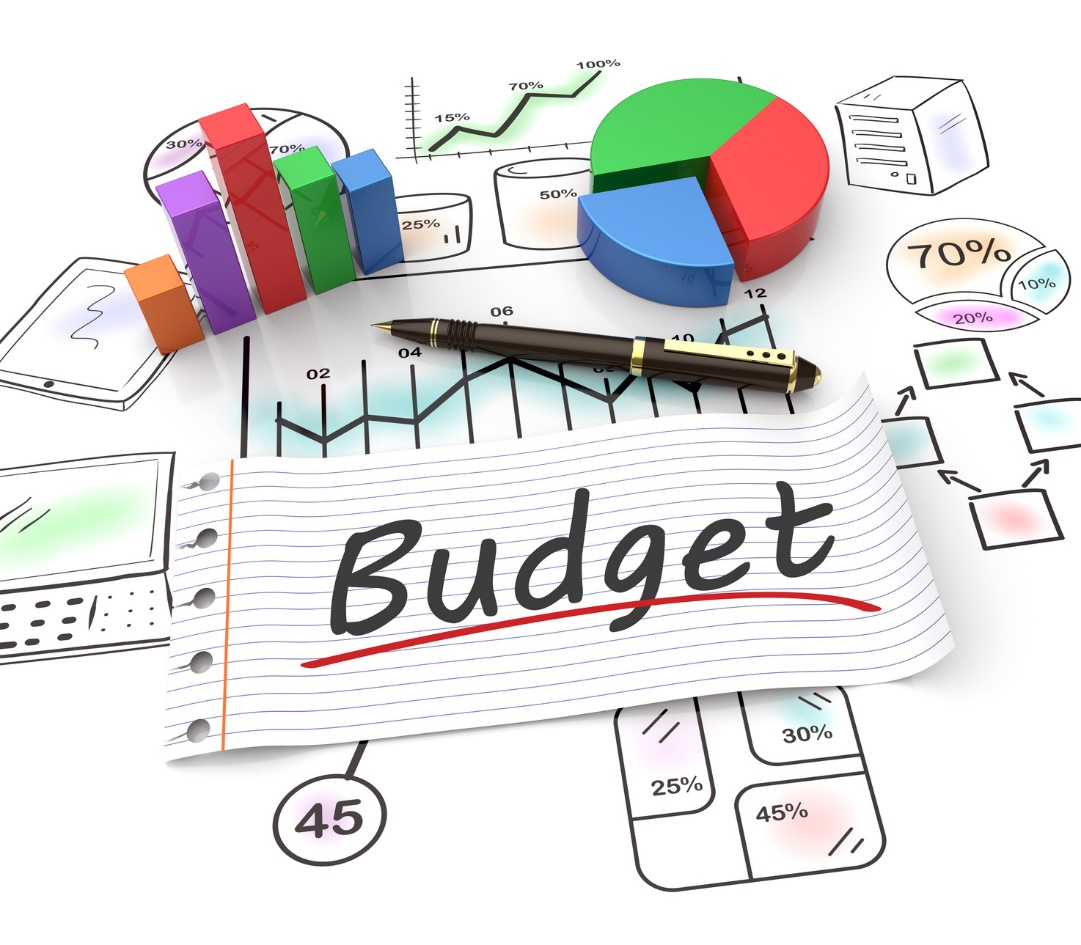
Level Up Your Finances: How to Gamify Your Way to Financial Freedom
Finances: the word itself can conjure images of spreadsheets, budgets, and a general sense of restriction. For many, managing money feels like a tedious chore rather than an empowering journey. But what if we could change that perception? What if we could transform our financial challenges into engaging games, complete with goals, rewards, and the thrill of leveling up?
The concept of "gamification" – applying game-design elements and game principles in non-game contexts – has proven remarkably effective in boosting motivation and engagement across various domains, from education to fitness. Now, it’s time to apply this powerful technique to the world of personal finance.
Why Gamify Your Finances?
Before diving into the specifics, let’s understand why gamifying your finances can be a game-changer (pun intended!).
- Motivation Boost: Games are inherently motivating. They provide a sense of progress, achievement, and control. When you turn your financial goals into quests and challenges, you’re more likely to stay engaged and committed.
- Behavioral Change: Gamification can help break bad financial habits and reinforce positive ones. By rewarding yourself for achieving milestones, you create a positive feedback loop that encourages better financial behavior.
- Increased Awareness: Games often require tracking and measuring progress. This increased awareness of your spending, saving, and investment habits can be incredibly insightful and empowering.
- Fun and Engagement: Let’s face it, traditional budgeting can be boring. Gamification injects an element of fun and excitement into the process, making it more enjoyable and less of a drag.
- Overcoming Fear: Many people avoid dealing with their finances due to fear of the unknown or fear of failure. Gamification can help break down these barriers by creating a safe and supportive environment for learning and experimentation.
The Core Elements of Financial Gamification
To effectively gamify your finances, you need to incorporate the following key elements:
-
Clear Goals: Every game has a clear objective. Define your financial goals with specificity. Instead of "save more money," aim for "save $500 per month for a down payment on a house." The more specific your goals, the easier it will be to track progress and celebrate achievements.
-
Challenges and Quests: Break down your goals into smaller, manageable challenges or quests. For example, instead of tackling your entire debt at once, create a series of smaller quests like "pay off one credit card" or "increase debt payments by $50 this month."
-
Tracking and Measurement: Games rely on tracking progress. Use a budgeting app, spreadsheet, or even a simple notebook to monitor your income, expenses, savings, and investments. Visualizing your progress is a powerful motivator.
-
Rewards and Recognition: Every successful game player is rewarded. Set up a system of rewards for achieving your financial milestones. These rewards don’t have to be extravagant; they can be as simple as treating yourself to a coffee, watching a movie, or taking a weekend getaway.
-
Feedback and Iteration: Games provide constant feedback, allowing players to adjust their strategies. Regularly review your progress, identify areas for improvement, and adjust your financial game plan accordingly.
Financial Challenges as Games: Examples and Strategies
Let’s explore some specific financial challenges and how to gamify them:
-
The "Expense Tracker" Challenge:
- Goal: Track every expense for a month.
- Challenge: Categorize each expense (e.g., food, transportation, entertainment).
- Tracking: Use a budgeting app or spreadsheet to record expenses.
- Reward: If you successfully track every expense for the entire month, reward yourself with a small treat.
- Level Up: After the first month, challenge yourself to reduce spending in one category by a certain percentage.
-
The "Savings Sprint" Challenge:
- Goal: Save a specific amount of money within a set timeframe.
- Challenge: Find creative ways to cut expenses or increase income.
- Tracking: Monitor your savings account balance regularly.
- Reward: For every $100 saved, treat yourself to a small reward.
- Level Up: Increase the savings goal or shorten the timeframe for the next sprint.
-
The "Debt Destroyer" Challenge:
- Goal: Pay off a specific debt (e.g., credit card, loan).
- Challenge: Create a debt repayment plan and stick to it.
- Tracking: Monitor your debt balance and track your progress.
- Reward: For every milestone achieved (e.g., paying off 10% of the debt), reward yourself with a small celebration.
- Level Up: Increase your debt payments or consolidate your debt to lower interest rates.
-
The "Investment Quest" Challenge:
- Goal: Start investing in stocks, bonds, or other assets.
- Challenge: Research different investment options and choose one that aligns with your risk tolerance and financial goals.
- Tracking: Monitor your investment portfolio and track your returns.
- Reward: For every year of consistent investing, reward yourself with a larger celebration.
- Level Up: Increase your investment contributions or diversify your portfolio.
-
The "No-Spend" Challenge:
- Goal: Go a week or month without spending money on non-essential items.
- Challenge: Plan your meals, find free activities, and avoid impulse purchases.
- Tracking: Keep a record of your spending and compare it to your usual spending habits.
- Reward: If you successfully complete the no-spend challenge, reward yourself with a fun activity that doesn’t cost money.
- Level Up: Increase the duration of the no-spend challenge or set a higher savings goal.
Tips for Effective Financial Gamification
- Start Small: Don’t try to gamify your entire financial life at once. Start with one or two challenges and gradually expand as you become more comfortable.
- Personalize Your Game: Tailor the challenges, rewards, and tracking methods to your own preferences and goals.
- Make it Fun: Choose rewards that you genuinely enjoy and make the process as engaging as possible.
- Be Consistent: Consistency is key to achieving your financial goals. Stick to your game plan and track your progress regularly.
- Don’t Be Afraid to Experiment: Try different gamification techniques and see what works best for you.
- Seek Support: Share your financial goals with friends or family and ask for their support and encouragement.
- Use Technology: There are many budgeting apps and financial tools that can help you gamify your finances.
- Celebrate Your Successes: Acknowledge and celebrate your achievements, no matter how small.
The Bottom Line
Gamifying your finances can transform a daunting task into an engaging and rewarding journey. By setting clear goals, creating challenges, tracking progress, and rewarding yourself along the way, you can level up your financial skills, build positive habits, and ultimately achieve financial freedom. So, embrace the power of gamification and start playing your way to a brighter financial future!


